Continue a Story by Writing a Narrative 3rd Grade
Want to know my favorite thing about teaching lower elementary? The stories they tell. Their brains at this age are so creative and wild and hilarious. You can ask your students to write you a story with sea animals and all of a sudden you're being told an epic tale about whales learning to breathe oxygen and using their massive sizes to rule us all. It's incredible! The challenge at this age becomes, how do I get my students to take these wonderful narratives they come up with and get them down on paper. Let's walk through teaching narrative writing in the primary classroom.

What Is Narrative Writing?
First of all, what is narrative writing? It's writing that tells a story. The basic elements that you will focus on with this age group are character, setting, and plot (problem & solution). Studying the structure of a narrative and discussing terms like rising action, climax, falling action, and resolution can be nice but at this age, it can be overwhelming for some students. I like to point out these elements during read alouds but if my students don't have a real climax in their own narrative stories that's okay! At this age we're focused on does their writing make sense? And – are all the necessary elements there?
Types of Narratives
With young learners, I like to discuss two different kinds of narrative writing: personal narratives and fictional writing. When teaching students how to write narratives, using read alouds to model narrative structure is great but simply telling stories about your day is just as valuable. Sometimes students this age get very focused on the idea that narratives are just storybook stories. It's important to point out that narratives are all around us and happening all the time.
1st Step: Use Mentor Texts
Mentor texts are a great way to introduce narrative writing to your little learners. Choose a book with a clear narrative structure like Guji Guji by Chih-Yuan Chen. I love using Storyline Online for read alouds because they are easy to assign to virtual students and the actors they choose are great at telling stories. My students love it!
When reading books out loud, or (listening to them read aloud) actively point out the pieces of the narrative. Review narrative elements together while you're reading. Ask questions like:

2nd Step: Master The Basics
Before students can write their own narratives make sure they have the basics of writing. This means they'll need to understand sentence structure. They need to know what a complete sentence is. They will also need to have basic writing fluency and some writing stamina. If these building blocks are missing your students are going to become quickly frustrated with the narrative writing process. It's too hard to focus on narrative elements when you have to stop and remember how to write a letter or if your hand cramps after a few minutes.
If your students are struggling with the basics here are some links that might help:
Sentence Fixers
Download Sentence Fixers HERE

Sentence Toothy
Download Complete Sentences Toothy HERE

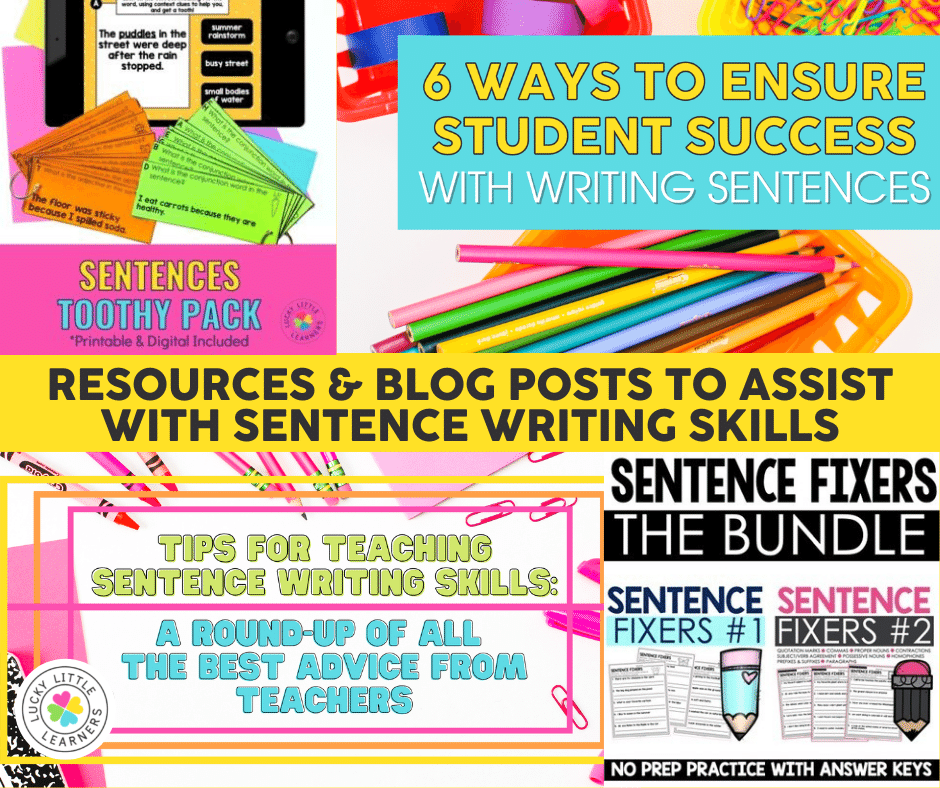
Sequencing
If you haven't already, review sequencing. In my experience, this seems to be a tough skill for some students. Begin by telling a story out of order to make your point about why sequencing is so important. If your students need a little more practice with sequencing our Nonfiction Sequencing Passages are easy to add into your ELA block as an independent station or group work.
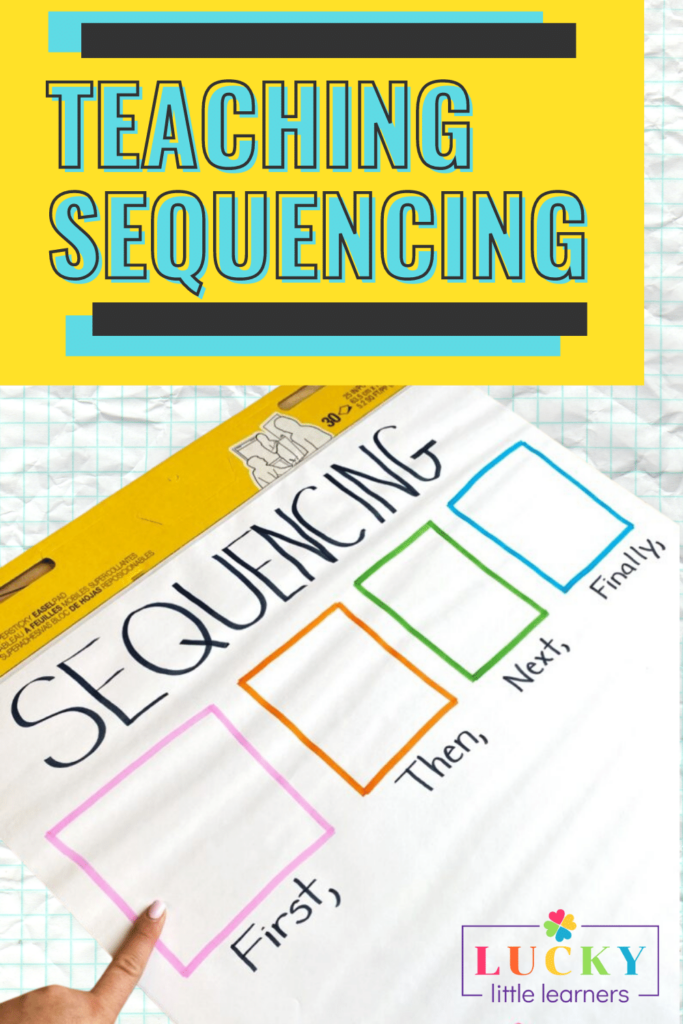
Download Nonfiction Sequencing Passages HERE

3rd Step: Modeling
Teaching narrative writing needs to include plenty of modeling. The best part? Anything you write for them can be used as an anchor chart to help them in their own writing! Using lined anchor chart paper write a narrative story of your choosing out with your students as active participants. As you write label elements in your writing. You can also purposefully make mistakes in continuity or add unnecessary details to show your students what not to do in their own writing.
Example Modeling
Here's an example of what this might look like in class. To start, I choose three colored markers in addition to a plain black one. Then, create a key for your students so they know what each color represents. In this example, we'll use:
- red for characters
- blue for setting
- green for the plot (problem & solution)
Begin writing the story and when you introduce the characters underline "the three little pigs" and the "big bad wolf" with a red marker.
Continue writing the story and underline any words or phrases that show settings. As you get to the part where they build the houses you can "accidentally" tell the story out of order by saying something like, "The first little pig built his house out of straw then the big bad wolf climbed down the chimney of the brick house." Discuss with your students how mixing up the order of events in a story can be so confusing for the listener. Remember to underline the wolf wanting to eat the pigs as a problem and the pigs outwitting him as the solution.

Modeling narrative writing can be done as many times are your students need. Mix it up and model writing a completely original fantastical story from scratch or write a personal narrative. Working with your students and explicitly mapping out the elements of a good narrative will be helpful to all your learners.
Graphic Organizers Are Your Friend
As you are modeling and teaching narrative writing use graphic organizers! It's especially helpful to your students if you model using the graphic organizers you want them to use. Graphic organizers are an excellent tool for you students. At this age students can lack the automaticity and fluency to write their thoughts completely. Templates/graphic organizers can help break students thinking into chunks that are easier for them to handle. A good graphic organizer will keep your student focused, on track, and feeling successful!


Resource: No-Prep Writing Pages
Students will fill in a graphic organizer with the character, setting, and plot then use those elements to build out their story using transitions. The Lucky Little Learner No-Prep Writing Pages are an excellent resource for this level of student support. Each prompt has 4 levels of support depending on what your students need. From rigid graphic organizers with individually boxed responses to an open-ended prompt for students who are ready to write independently. You decide which template fits your students better.
Download No Prep Writing Pages HERE

4th Step: Teach How to Edit Narrative Writing
Let's not forget editing! Teaching your students to edit their writing doesn't have to be tedious. Many graphic organizers, like the Lucky Little Learner No-Prep Writing Pages shown above, have checklists for your students to refer to before submitting their writing. Another strategy to ensure they have all necessary elements is to ask your students to color code their narrative elements just like you did while modeling.
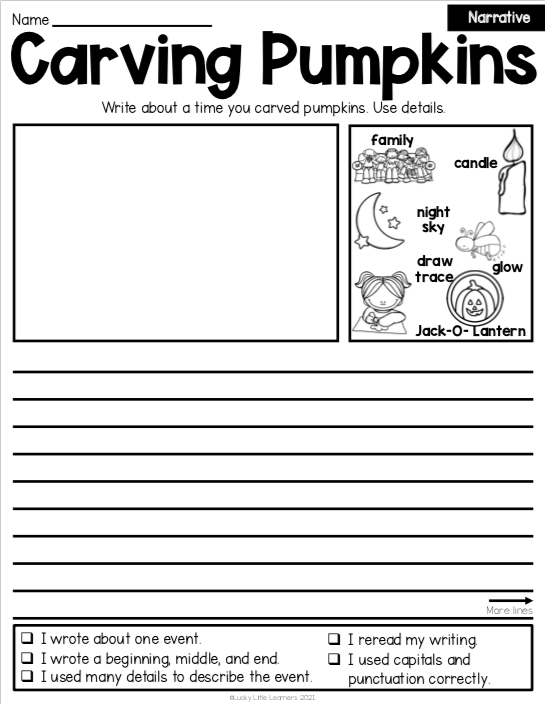
If your students are consistently turning in writing that is confusing or if they struggle with sequencing they can record themselves in an audio or video recorder and listen to it. This way they get the opportunity to hear what their story sounds like out loud in a low pressure way.
Finally, peer editing can be a great tool if you feel your students would be able to handle it. Ask them to read one another's writing and ask questions if they have any. Often, a friend asking clarifying questions is all they need to improve their writing.
Remember, this is a new skill. I've found that when students HATE writing it's simply because they lack confidence in their ability to write or they feel like they aren't good at it. Editing is an important part of the writing process, but keep it positive!
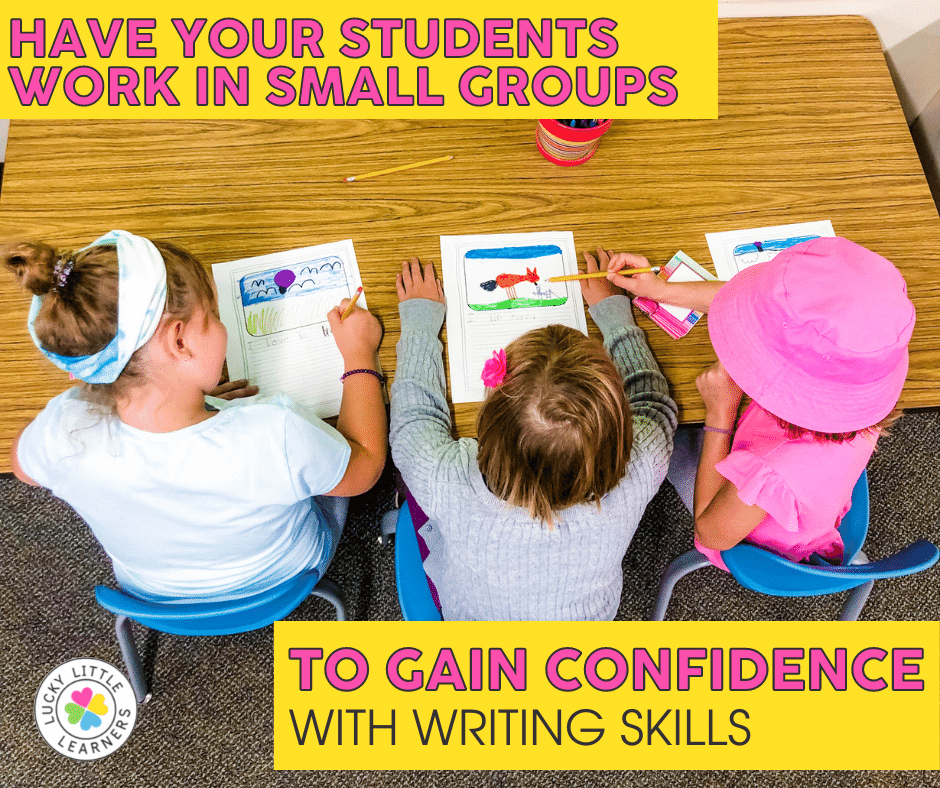
Assessment: What's The Goal?
For me, this is an important piece. Keep our goals in mind when teaching writing and not get bogged down in thoughts like, "Oh no, they're ALWAYS forgetting the capital letters." Yes, conventions are important and that is something we need to work on but if you're teaching narrative writing make those skills the priority when assessing student writing. For some students simply getting them to write down their narrative is the biggest hurdle!
- Are the main elements represented? (character, setting, problem, solution)
- Does the narrative make sense?
- Everything else- grammar, syntax, conventions

Download Narrative Writing Checklist HERE

Teaching Narrative Writing to Reluctant Writers
What about reluctant writers? The key with students who don't love writing is keeping things low stakes and fun. There are so many ways to get a reluctant writer excited about writing!
- The first thing I do in class is begin my narrative writing unit with high interest campfire stories. I make a little pretend campfire out of twigs and red paper and tell goofy stories. I introduce narrative elements but keep it light. Students love spooky or strange campfire tales and buy in right away.
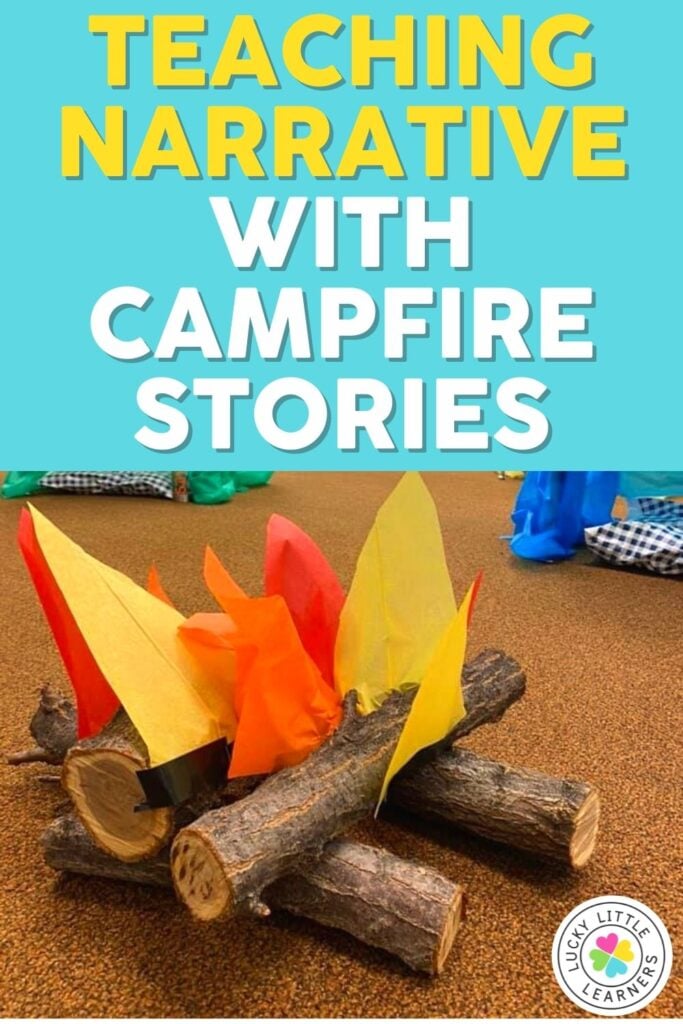
2. Another idea is to forget about pencils initially! Don't start with writing right away. First, let students practice just telling stories out loud. Kids love telling stories and getting them invested in that portion of narratives can make it easier to transition into writing.

3. You can also try some nonconventional forms of narrative writing to get them engaged. Try activities like comic strips, writing plays or movie scripts, or recording a short movie.
The bottom line is – when you get excited about narrative writing, your students will too!

Source: https://luckylittlelearners.com/teaching-narrative-writing-in-the-primary-classroom/
0 Response to "Continue a Story by Writing a Narrative 3rd Grade"
Post a Comment